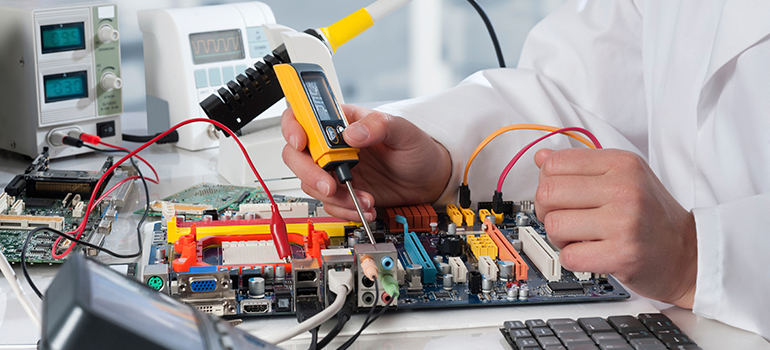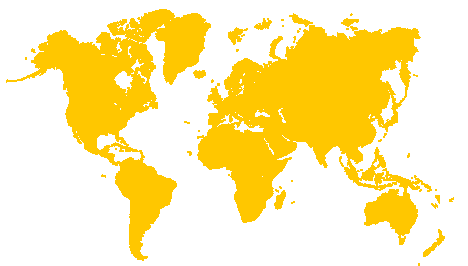Interoperability Between Connected IoT Devices

Keys to Product Performance
21 July 2020
Imagine that you have a connected home ecosystem equipped with door sensors and alarms, security cameras, and smart lights all from the same manufacturer. You'd like to add a smart lock to the front door to give your dog walker access to your home while you're at work, but the manufacturer of your system doesn't make one. After doing some research, you purchase a smart lock from a third-party company that states they are compatible with your existing home system and your smartphone. You install and connect the lock to your system and phone, and after some initial tests, everything is working to your liking. You then send access to your dog walker's smartphone, as well as connect the rest of your family's phones to the lock. You even set a rule to turn on your smart lights when you unlock the door at night.
While the new locks are working well with your smartphone, your family members start to complain about their access; your spouse has to select the unlock/lock option on their phone multiple times before the lock actually responds. One of your children says that they can lock the door with their phone but cannot unlock the door. You also get a call from your dog walker that they cannot get into your house because the lock is not working at all with their phone. These are very common issues that the everyday user can run into if interoperability with other devices have not been fully developed and tested.
With an ever-growing number of connected products from multiple manufacturers, and almost each of these products being fully controlled from a mobile device, interoperability is a major key to connected product performance. Many connected products will only say "Works with Android" or "Works with iOS" on their packaging, but older mobile devices and software may not be supported even if they are Android or iOS. It is also important to test your product's interoperability with third-party ecosystems to make sure that either of your product's software does not negatively affect each other. This adds more costs as these systems are also expensive and can require plenty of time to setup.
With hundreds of mobile phones and tablets on the market, as well as countless connected product, thoroughly testing interoperability can be very difficult, time consuming, and expensive. Simulators are a good way to help test interoperability, but are not always reliable, as hardware can greatly affect performance. There are also services that allow access to physical devices, but they are controlled by someone remotely, not by the tester themselves. A dedicated testing team that will test using physical devices is the best way to go, but when hiring a team of testers, as well as the tools needed for testing (a single smartphone can cost anywhere from $200 - $1K+), these costs can add up very quickly.
Partnering with third party testing companies with available teams and an established inventory of mobile devices and connected products is one of the best ways to help ensure your product's interoperability is thoroughly evaluated. By utilizing the services and resources of these companies, you can cut down on testing costs as well as spend more time in developing the core competencies of your product.

Ray Balolong,
Project Manager
Ray Balolong is a program manager at Intertek, where he focuses assurance, testing, inspection and certification solutions for IoT and software. He has a decade of experience in software assurance testing and holds a Bachelor of Science degree in Business Administration, with a concentration in Management Information Systems, from California Polytechnic State University


